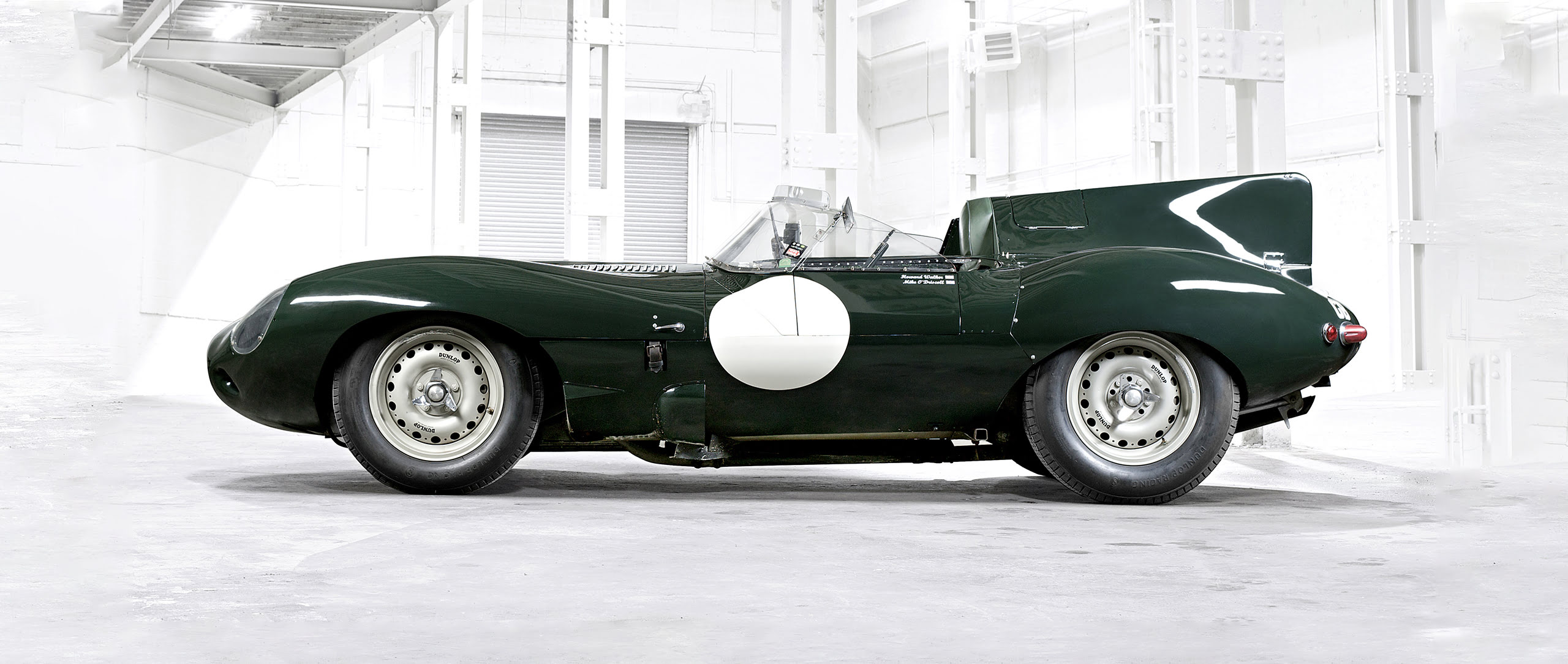Racing teams: Scottish pride. When the blue and white Jaguars reigned supreme
16 September 2023 3 min read 5 images

Photo credit: Revs Institute, Mercedes-Benz, RM Sotheby’s
It’s only fair to ask ourselves whether the birth of Ecurie Ecosse in 1951 concealed a Scottish desire for retribution against the English after centuries of wars, marriages of convenience among rulers, and religious conflicts. The very name “Ecurie Ecosse” sounds like an homage to the ancient alliances between Scotland and France, united against the rich and powerful England. If this hypothesis were true, then the results in motorsport would seem remarkably balanced: the Jaguar D-Types, painted in the blue and white colours of the Scottish Racing Team, on the one hand, outperformed even the green works D-Types racing for the English manufacturer, but on the other, they brought immense prestige to the British automotive industry by clinching victory at the 24 Hours of Le Mans for two years straight, beating the formidable Ferraris in the process. Ultimately, these victories solidified the unity of the two nations in the name of sport.
Register to unlock this article
Signing up is free and gives you access to hundreds of articles and additional benefits. See what’s included in your free membership. See what's included in your free membership.
Already have an account? Log In


